N.B. expands COVID-19 wastewater monitoring and uses, moves to monthly reports
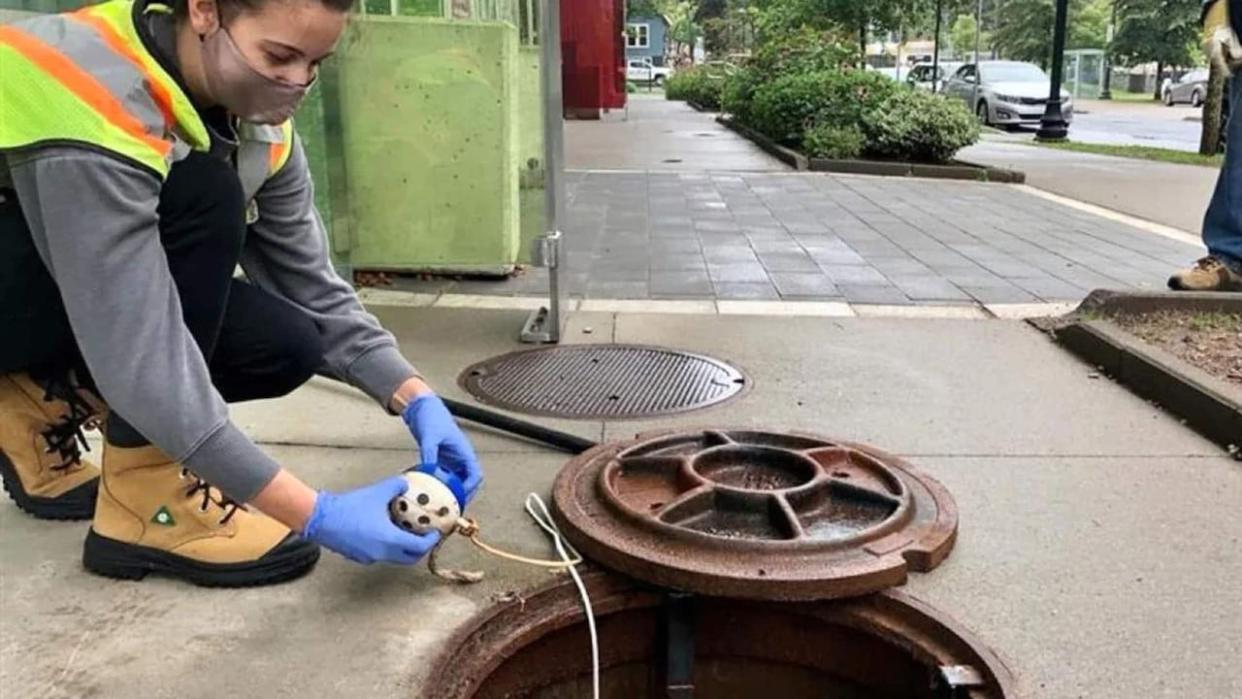
New Brunswick has expanded its COVID-19 wastewater monitoring system network and is expanding its uses to include other infectious diseases, such as the flu and RSV.
New surveillance sites have been added in Sackville and St. Stephen, along with a second site in Saint John, said Sean Hatchard, spokesperson for the Department of Health.
The sites have started operating and their data will soon be uploaded to the national COVID-19 wastewater monitoring dashboard, he said.
"Before data from a new wastewater surveillance site is added to [the Public Health Agency of Canada's] wastewater surveillance dashboard, a minimum of six weeks' worth of data must be collected and analyzed to ensure for calibration and quality control," Hatchard said in an emailed statement.
Shippagan is also expected to be added to the network. "The timeline is still being evaluated," according to a spokesperson for Vitalité Health Network, which operates the New Brunswick Public Health lab that analyzes samples at the Dr. Georges-L.-Dumont University Hospital Centre in Moncton.
Helps identify trends
Wastewater results can serve as an early warning of increased community infection levels and risks.
People who are infected shed the virus in their feces in the form of a genetic material called ribonucleic acid, or RNA, before they show symptoms of COVID-19. This can be found in raw sewage and can detect the virus in a community up to 10 days prior to clinical testing, according to the Public Health Agency of Canada.
New Brunswick began wastewater monitoring in the greater Moncton area in June 2022, became part of the national dashboard that fall, and has since added sites in Fredericton, Saint John, Bathurst, Campbellton, Miramchi and Edmundston.
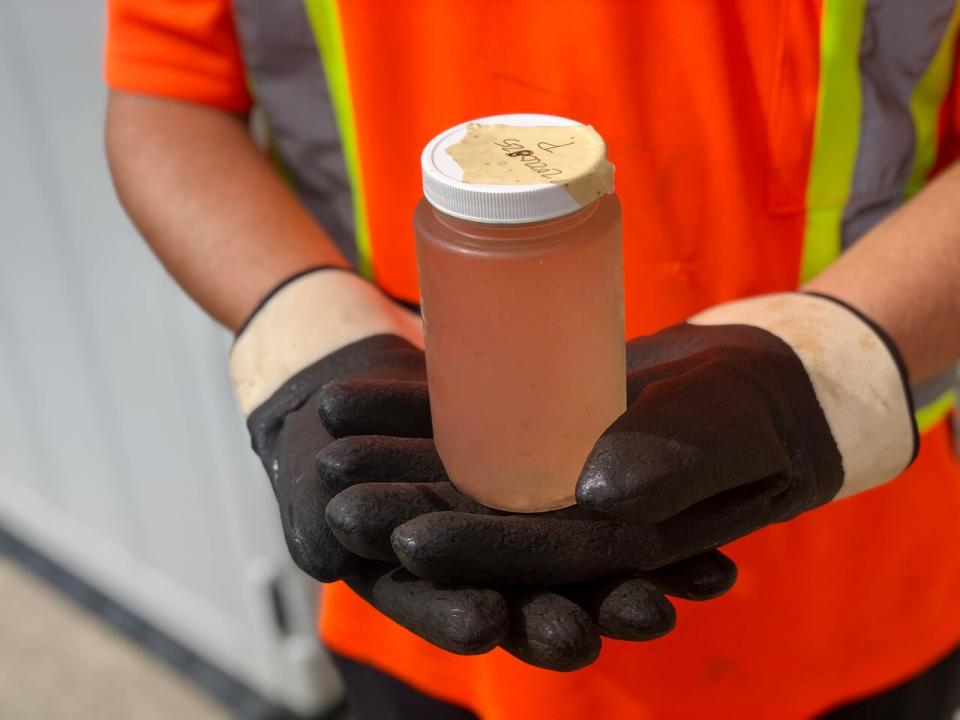
Wastewater monitoring for COVID-19 can give citizens and officials an early indication of viral trends and risk levels. (Lauren Pelley/CBC)
Composite samples are drawn twice a week from each site.
"The main benefit of wastewater surveillance to date has been to identify COVID-19 trends more effectively," said Hatchard.
The public can also "get an earlier and better sense of COVID-19 circulation trends in their community and make informed choices about their behaviours with that information."
Campbellton viral load jumps 1,626% to record high
The viral load is currently increasing in five of the seven existing sites, with Campbellton leading the pack, according to the dashboard.
The northern city's seven-day rolling average of COVID-19 viral load, expressed as the number of viral gene copies found in a millilitre of raw sewage, jumped to 656, as of May 13, from 38 on May 10, and zero on April 26.
That's the the highest level recorded in Campbellton, to date, and well above its previous high of 434 on Jan. 5.
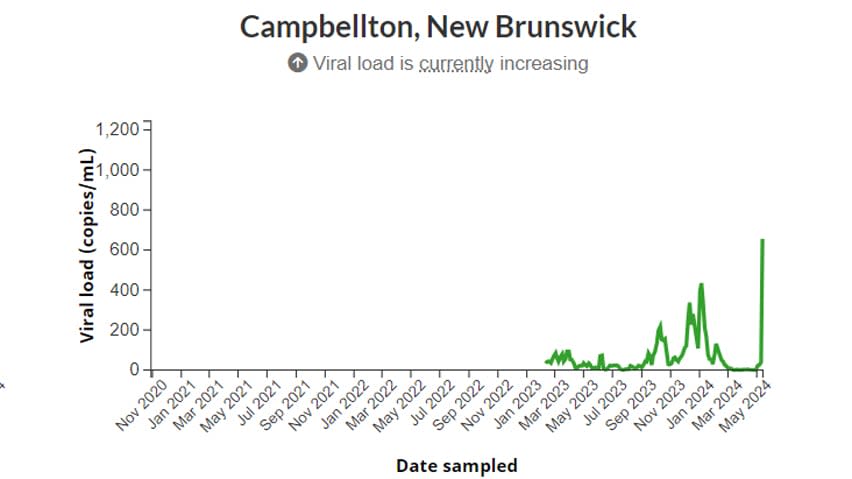
Campbellton has seen a record-high spike in COVID-19 viral load, according to the national wastewater dashboard. (Public Health Agency of Canada )
Edmundston and Miramichi are tied for the second highest seven-day rolling average at 54 copies/mL, up from 41 and 31, respectively, followed by Moncton at 45 copies/mL, up from 33, and Bathurst at 42 copies/mL, up from 36.
Fredericton and Saint John are both listed as showing no change in their viral load, with seven-day rolling averages of 40 copies/mL and one copy/mL, respectively.
Assessing use for other diseases
The Department of Health is also "currently evaluating for the testing of influenza and respiratory syncytial virus (RSV) by use of wastewater samples," Hatchard said.
According to Vitalité, the province is already monitoring for influenza and RSV. Hatchard did not immediately respond to a request to clarify.
Only occasional samples tested by national lab
The National Microbiology Laboratory in Winnipeg transitioned COVID wastewater testing to provincial authorities in mid-December, according to Health Canada spokesperson Nicholas Janveau.
"New Brunswick continues to send samples periodically for testing for quality assurance purposes, as is done by other jurisdictions," he said.
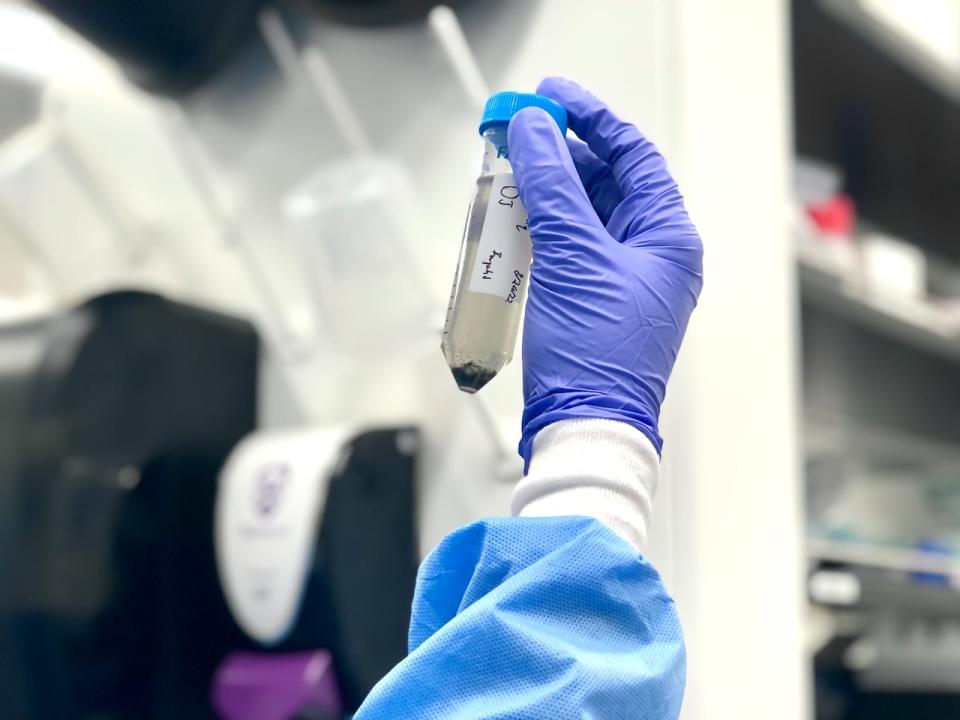
The national lab no longer verifies every New Brunswick sample analysis done by the Dumont lab. (Lauren Pelley/CBC)
Previously, New Brunswick tested its own wastewater samples at the Dumont lab, but each sample analyzed was also sent to national lab for "additional testing and validation," the Department of Health spokesperson said.
Now, New Brunswick sends one sample for each site every two weeks, according to Vitalité.
The total estimated cost of the province's wastewater surveillance program is $120,000 a year. Funding is provided by the Public Health Agency of Canada.
Switch to monthly reports
New Brunswick is switching to monthly COVID-19 and flu updates, instead of weekly. The provincial government announced the change with a note on its Respiratory Watch website.
The next report will be issued on June 4, it says. Reports will then be issued monthly for the remainder of this respiratory illness season, on July 3, Aug. 7, and Sept. 4.
"With the start of the new respiratory illness season, reporting will occur every two weeks, and then move to weekly reporting afterwards." No dates are provided.
New subvariant confirmed in N.B.
A new family of COVID-19 subvariants, now dominant in Canada and the U.S., has reached New Brunswick.
"The Department of Health can confirm that cases of KP.1 and KP.2 have been detected in New Brunswick," said Hatchard. He declined to provide any other information.
They, along with KP.3, are offshoots of the Omicron subvariant that fuelled the winter surge.
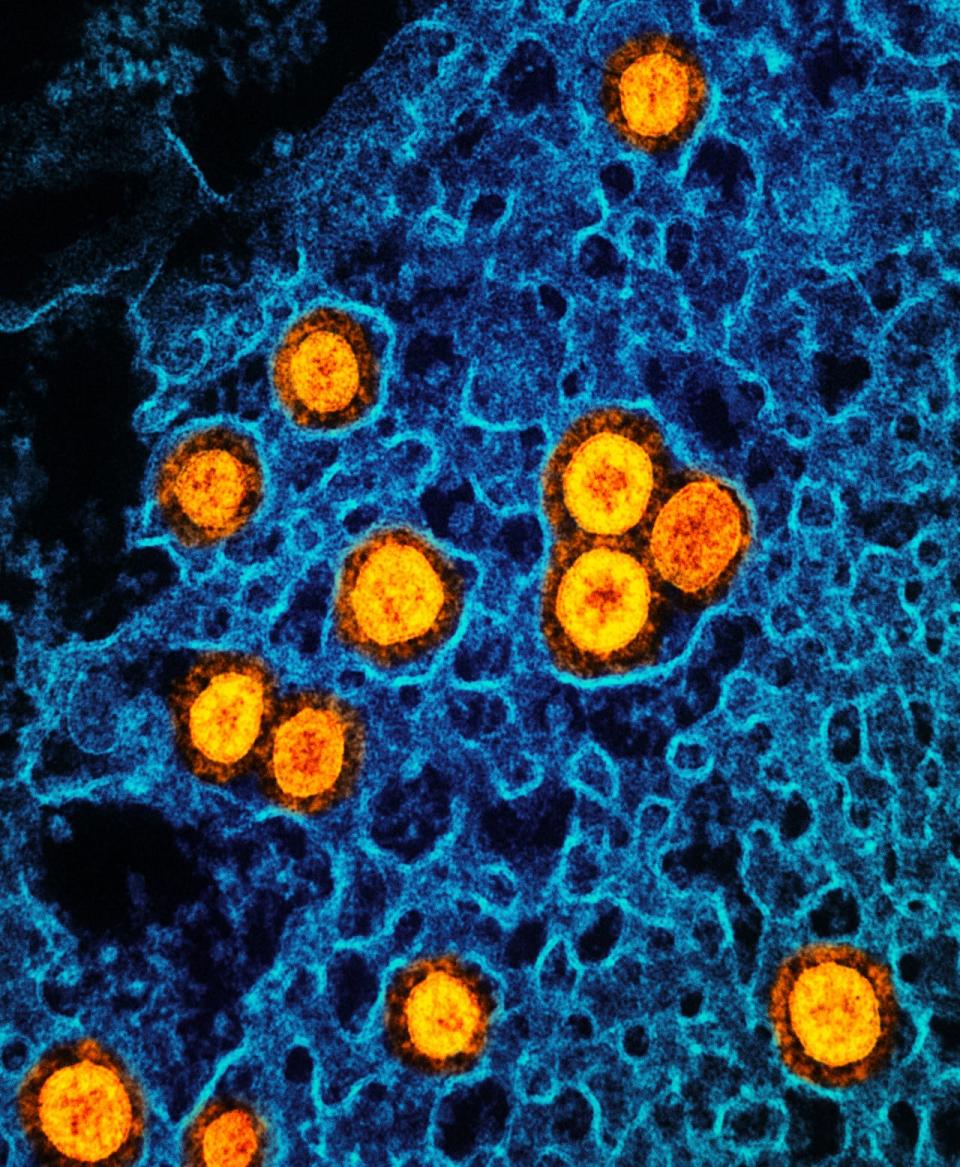
KP.2, a descendant of the Omicron variant pictured here, began circulating globally in January, according to the World Health Organization. (The National Institute of Allergy and Infectious Diseases)
KP.2 represents an estimated 18 per cent of cases across the country, while KP.3 represents about 29 per cent.
Experts believe these new subvariants may be better at infecting people, due to their spike protein mutations, but there is no evidence they will cause more severe illness.
Free COVID rapid tests to end soon
New Brunswick will stop providing free COVID-19 rapid tests when its current supply runs out, likely by the end of June, the Department of Health has announced.
After that, people who want rapid tests will have to buy them at a pharmacy or online.
Lab-based polymerase chain reaction (PCR) testing remains available for people with a referral from a physician or nurse practitioner, including those eligible for Paxlovid treatment, the department said.
Rapid test kits, set to expire in September, continue to be available for pick up at distribution sites, such as libraries and regional health authorities' facilities, while supplies last.

